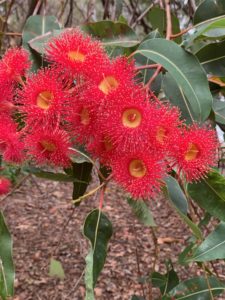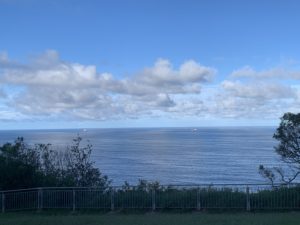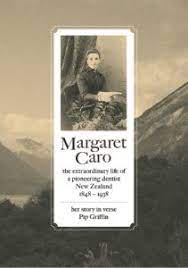Sending spirit of peace, of bright starlight over fields of barley

These are horrible, tragic times and my heart and love go out to the people of Ukraine,
and to the many people of Russia who have the courage to stand up and oppose this brutal invasion.
The tragic and unnecessary invasion, which has already displaced more than 2 million people that have fled across Ukraine’s borders with neighbouring countries, is not only killing and wounding the lives of so many -but also attempting to kill the dreams of a future that so many hold dearly.
Former U.S president Barack Obama’s 2011 speech before the British Parliament said:
‘the longing for freedom or human dignity is not English, American, or Western,
but universal, and beats in every heart’.
We are all Ukrainians. Our destinies are intertwined with the destines of all others on the planet
as monk and social activist Thomas Merton once observed:
“we do not exist for ourselves alone’.”
A friend has researched and shared Ukrainians icons that are very touching and I would like to share them here

‘Nativity’ by Ukrainian iconographer Ulyana Tomkevych
Sending love and hope to all the pregnant women and mothers caught up in the atrocities of war
* * * * * * * * * *

‘Crossing the Red Sea’ by Ukrainian iconographer Ivank Demchuk.
Sending safe passage to all those trying to find safe passage through
and out of Ukraine May you be sheltered in this exodus.
* * * * * * * * * *

The Visitation by Ulayana Tomkevych
Sending love to all women in Ukraine who are looking after older parents
and young children and having to make decisions of staying or leaving their beloved war-torn homeland.
* * * * * * * * * *

“The Protection of the Mother of God”
by Ukrainian iconographer Ulyana Tomkevych . How can we imagine what it would be like to live in a n ancient and beloved and beautiful city and be told it is going to be bombed and destroyed for no reason. How does one cope with this?
* * * * * * * * * *







































































 A
A

















